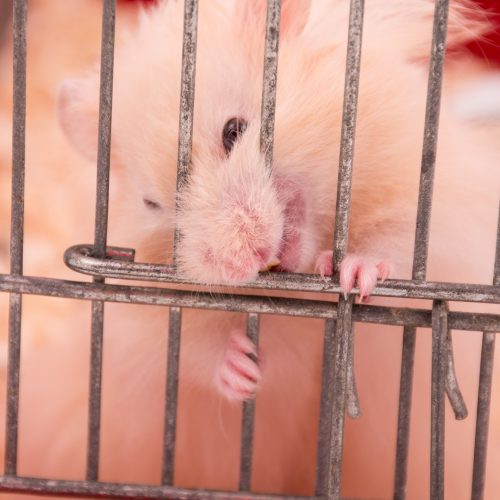Researchers recently discovered that a bizarre supernova is exploding in the wrong direction. A new study of Cassiopeia A shows that one section of the gas cloud is collapsing in on itself in what the researchers are calling a “reverse shock supernova”.
This reverse shock supernova has scientists scratching their heads

Cassiopeia is a nebula located around 11,000 light-years away from Earth. It’s one of the closest supernova remnants to our home planet. The gas cloud is roughly 16 light-years wide. It is made up of hydrogen and other gasses left over from the original star. Researchers say that a shock wave from the original supernova is still ripping through the cloud.
Models of the supernova say that the shockwaves should be expanding outward evenly, like a balloon being inflated. However, the researchers noted that one section looks to be exploding in on itself. The researchers dig deeper into the reverse shock supernova in a recent study approved for publication in The Astrophysical Journal. The paper is currently available on arXiv, a preprint server.
The team analyzed the shock waves movements using data captured by NASA’s Chandra X-ray Observatory. Chandra previously captured stunning images of the Milky Way’s center. They found that over the last 19 years, the western region of the shock wave has been retreating instead of expanding. What’s even more intriguing, though, is they discovered that some parts of the reverse shock supernova are continuing to expand like the rest of the supernova.
What could cause this backwards explosion?

The expansion within Cassiopeia A doesn’t match the models we have of supernovas. As such, the researchers believe something else must have happened to cause the reverse shock supernova. It’s possible that a cosmic collision of some kind led to the strange backwards expansion that we’re seeing now.
The researchers believe the shock wave may have collided with another shell of gas ejected by the star when it exploded. When the wave hit that gas, it slowed and began to create pressure in the inner shell that pushed the energy backwards. They also say that the outer shell may have forced its way through the new gas shell, creating the uneven expansion we see now.
Lead author Jacco Vink is an astronomer at the University of Amsterdam. Vink says that the motions inside the nebula are more chaotic than we’ve seen before. He also says that Cassiopeia A’s death all those years ago could have been the cause of uneven gas expulsions (via Space.com).
The star lost a large chunk of its mass before its reverse shock supernova. They estimate it had 18 times the mass of the Sun at birth but contained only four to six times the Sun’s mass at its death. At this time, though, there’s no solid explanation for how or why the star lost so much mass.










